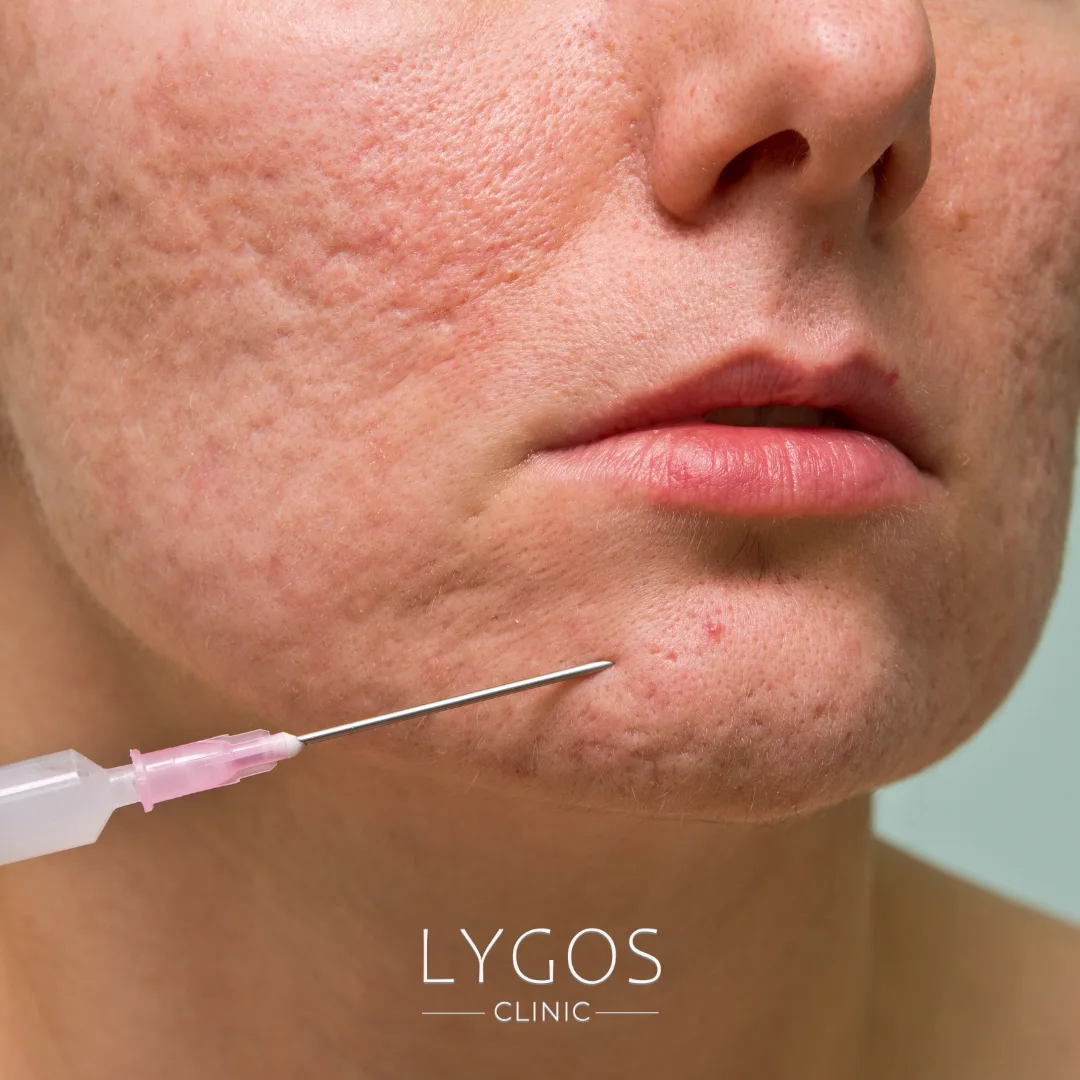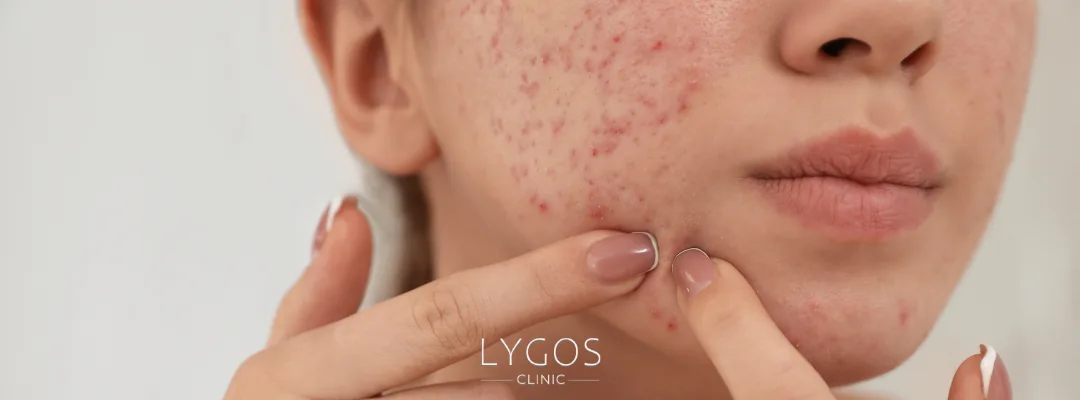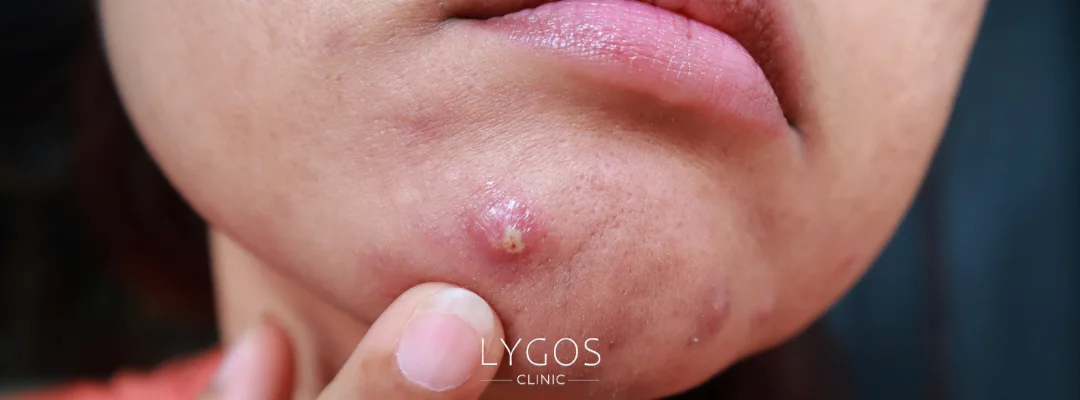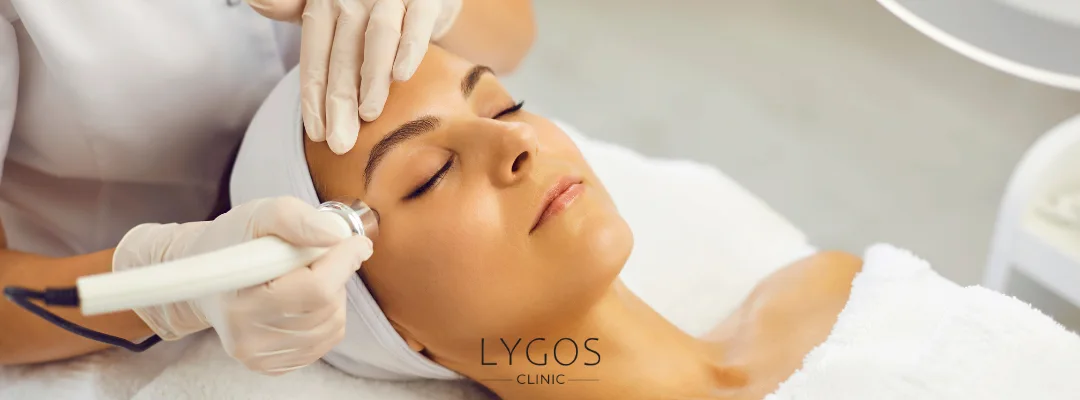Acne and Scar Treatments | What’s The Best Treatment?

Chose Your Topic
Acne and Scar Treatments
Acne is a common skin problem that many people face at some point in their lives. Although acne and scar treatments usually occur during adolescence, it can also be seen in adulthood. Acne forms when oil glands in the skin become clogged, which can negatively impact individuals both physically and psychologically. Acne and scar treatments help effectively manage this condition and reduce scarring. In this article, you will find detailed information about the causes, types, and acne and scar treatments.

What is Acne?
Acne is a common skin disorder caused by the clogging of oil glands in the skin. While it is more frequent during adolescence due to hormonal changes, it can affect people of all ages. It is more likely to appear on areas with high oil production, such as the face, back, shoulders, and chest. Acne is not just a physical issue; it can also have psychological effects, making acne and scar treatments essential.
What Causes Acne?
Acne develops due to a combination of various factors. The most common causes include:
- Hormonal Changes: Fluctuations in hormone levels during puberty, pregnancy, menstruation, and menopause can trigger acne.
- Genetic Factors: Individuals with a family history of acne are more likely to develop it.
- Oil Production and Clogged Pores: Excess oil production and the skin's inability to shed dead cells properly can make acne and scar treatments more challenging.
- Bacteria: The excessive growth of Propionibacterium acnes, a naturally occurring skin bacterium, can lead to inflammatory acne.
- Improper Skincare: Using oily and comedogenic products, inadequate cleansing, or over-cleansing can contribute to acne formation.
- Diet and Stress: Consuming high-sugar and processed foods, as well as high stress levels, can trigger acne breakouts.

What Are the Types of Acne?
Acne can be classified into different types:
- Comedones: These are divided into blackheads (open comedones) and whiteheads (closed comedones).
- Papules: Small, red, and firm bumps that do not contain pus.
- Pustules: Pimples filled with pus, with white or yellowish heads.
- Nodules: Large, hard, and painful acne lesions that develop under the skin.
- Cystic Acne: The most severe form of acne, characterized by deep, inflamed, and painful lesions that extend beneath the skin.
What Are the Acne and Scar Treatments?
There are various options for acne and scar treatments, depending on the severity and skin type:
- Topical Creams and Gels: Products containing retinoids, benzoyl peroxide, and salicylic acid are commonly used in acne treatment.
- Antibiotic Therapy: Antibiotics prescribed by a doctor can help prevent bacterial spread and reduce inflammation.
- Hormonal Therapy: In women, birth control pills may be recommended for acne caused by hormonal imbalances.
- Chemical Peeling: This procedure exfoliates the skin’s surface, unclogs pores, and stimulates new cell production. It is also highly effective in treating acne scars.
- Laser and Light Therapy: These treatments target the deeper layers of the skin to reduce oil production and eliminate bacteria. They can also improve the appearance of acne scars.
- Natural Remedies: Ingredients such as tea tree oil, green tea extracts, and aloe vera can be beneficial for mild acne and acne scars.
Can Chemical Peeling Help Get Rid of Acne Scars?
Chemical peeling is considered an effective method for acne and scar treatments. This procedure contains ingredients like alpha hydroxy acids (AHA) and beta hydroxy acids (BHA), which remove the upper layer of the skin, promoting the development of healthier skin. Regular chemical peeling treatments can help reduce superficial acne scars and dark spots. However, deeper scars may require more advanced treatments.

How to Get Rid of Dark Spots After Acne?
Dark spots after acne (hyperpigmentation) occur due to increased melanin production in the skin. Acne and scar treatments for these spots include:
- Skin-Lightening Creams: Products containing vitamin C, niacinamide, and kojic acid help balance melanin production and fade dark spots.
- Chemical Peeling: Helps exfoliate dead skin cells, leading to a brighter and more even skin tone.
- Laser Treatment: Uses intense light waves to even out skin tone and reduce dark spots.
- Sun Protection: Since sun exposure can worsen hyperpigmentation, using SPF 30 or higher sunscreen is essential.
- Natural Remedies: Ingredients such as aloe vera, lemon juice, and green tea extracts support skin renewal and help lighten dark spots.
In conclusion, there are various methods available for acne and scar treatments. The most suitable treatment depends on the severity of the acne and the individual’s skin type. To achieve the best results, consulting a dermatologist is highly recommended.
Acne and Scar Treatments Frequently Asked Questions (FAQ)
The duration of acne treatment depends on the severity of the acne and the treatment being used. Mild acne may improve within a few weeks, while more severe cases can take months to treat.
Superficial acne scars can be reduced with treatments like chemical peeling, laser therapy, or skin-lightening creams. However, deeper scars may require more advanced treatment methods.
The treatment for acne scars depends on the type of scar. For mild scars, chemical peeling and topical creams may be effective, while deeper scars may require treatments like laser therapy or dermaroller procedures.
Products containing salicylic acid, niacinamide, retinoids, and benzoyl peroxide can be beneficial for acne treatment. However, it is recommended to consult a dermatologist to choose products that are suitable for your skin type.
During acne treatment, non-comedogenic (pore-clogging) makeup products that do not irritate the skin can be used. It is important that makeup is not left on the skin for long periods and is removed regularly.


